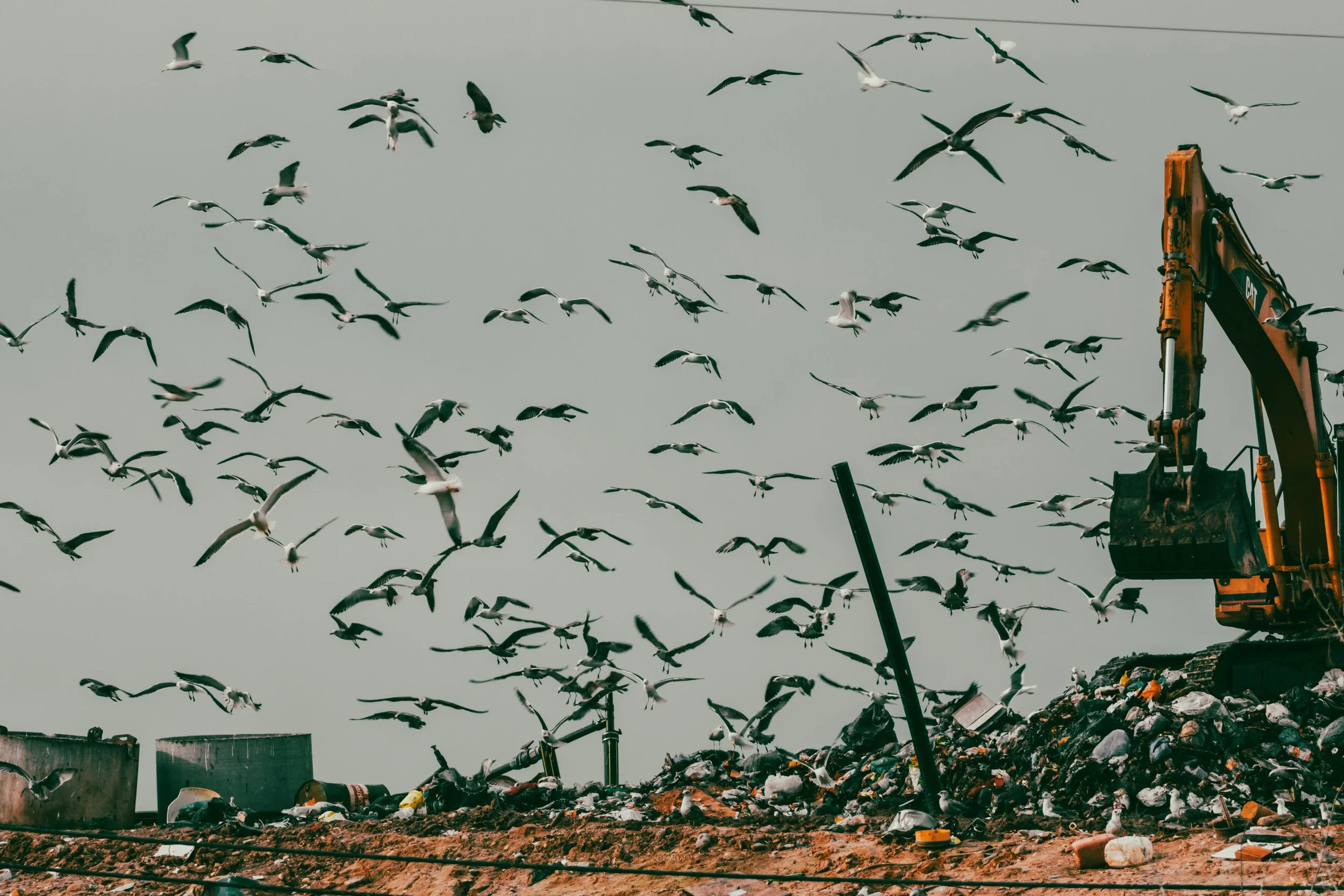Erosion Control & Stormwater BMPs on Landfills: Protecting Vulnerable Sites with Smart Solutions
Landfill sites present unique challenges when it comes to erosion control and stormwater management. Large exposed surfaces, steep gradients, and strict regulatory requirements demand well-planned, site-specific Best Management Practices (BMPs).
Why Landfills Require Specialized Erosion & Stormwater BMPs
Landfills, whether active or closed, pose unique erosion and stormwater control needs:
Large disturbed areas and steep slopes are prone to erosion.
Stormwater runoff risks carrying sediment and pollutants into local waterways.
Compliance with applicable state and federal regulations, such as Department of Environmental Quality (DEQ) Stormwater Management Handbooks and National Pollutant Discharge Elimination System (NPDES) / Stormwater Pollution Prevention Plan (SWPPP) mandates, is mandatory.
Core BMP Strategies for Landfills
Here are key Best Management Practices (BMPs) tailored to landfill sites:
1. Vegetative Stabilization & Hydroseeding
Hydroseeding promotes rapid, eco-friendly establishment of ground cover, reducing erosion and fertilizer use while lowering carbon footprint.
2. Erosion Control Blankets & Turf Reinforcement
Erosion control mats and turf reinforcement products help stabilize soil and support vegetation growth—important for preventing slope failures and sediment erosion.
3. Geosynthetics, Geogrids & Flexamat
Durable synthetic materials reinforce slopes, enhance drainage, and withstand harsh landfill conditions. Concrete-block tied systems offer structural stability with flexibility and vegetation integration.
4. Filtrexx® EnviroSoxx® Compost-Based Sediment Filters
These compost-filled tubular filters trap sediment and remove pollutants naturally—useful for perimeter protection around landfills.
5. Silt Fences, Sediment Basins, and Diversion Structures
Standard practices like silt fences (installed along contours), temporary basins, and diversion dikes/swales help intercept and detain sediment runoff before it leaves the site.
6. Structured SWPPP Planning & Routine Inspections
A comprehensive Stormwater Pollution Prevention Plan (SWPPP) should include site-specific BMP design, inspection schedules, and corrective procedures. Monitoring ensures BMPs evolve with site conditions.
Product and Practice Considerations
BMPs for landfills should be:
Approved for use by relevant state and local agencies.
Selected for site-specific performance, including slope stabilization, flow management, and pollutant filtering.
Supported by ongoing training and education, especially for sites with complex or long-term
Effective erosion control and stormwater management on landfills is critical to minimizing environmental impact and maintaining regulatory compliance. With the right mix of materials and planning, landfill sites can be stabilized safely and sustainably.
Looking for support on your next landfill project? We offer a wide range of erosion control and stormwater management products backed by technical expertise and responsive service. Contact us to find the right solutions for your site.

